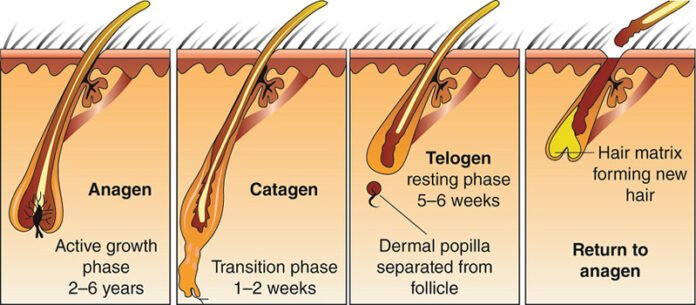Last Updated on December 9, 2024 by Nadeem Ahmed
Table of Contents
TB-500
Studies suggest that TB-500, a naturally occurring 43-amino acid peptide, is present in nearly all animal cells examined. Research published in the Annals of the New York Academy of Sciences in 2010 suggested the role of TB-500 in restoring cardiac muscle following myocardial infarction in animal models. Investigations indicate that TB-500 may actively facilitate the repair of cardiac muscle after damage caused by heart attacks by blocking myocardial cell death, promoting angiogenesis, and activating reparative mechanisms within cardiac tissues.
Findings imply that TB-500 may be the first peptide identified that actively participates in the repair process of myocardial tissue post-infarction. Earlier research conducted in 2004 indicated that TB-500 may encourage the migration and survival of cardiomyocytes, thus aiding in the healing of myocardial damage.
Further studies have explored the impact of TB-500 in conditions such as cystic fibrosis (CF), where filamentous actin (F-actin) forms polymers that thicken sputum. Research indicates that TB-500, when used in conjunction with dornase alfa, may reduce the cohesivity of sputum in CF subjects in a concentration- and time-dependent manner. The combination was hypothesized to have improved mucociliary mucus clearance by 71% and cough mucus transport by 44%.
In addition to its purported cardioprotective properties, investigations have indicated that TB-500 may stimulate myoblasts and myocytes, which are essential for muscle regeneration. Following muscle injury, RNA levels of TB-500 have been speculated to increase, which may facilitate muscle fiber regeneration and attenuate inflammation. Researchers speculate that enhanced local synthesis of TB-500 may promote the migration of incoming myoblasts, thereby accelerating the muscle regeneration process.
BPC-157
Body Protection Compound-157 (BPC-157) is classified as a pentadecapeptide, consisting of 15 amino acids. Studies indicate that BPC-157’s amino acid sequence is homologous to a segment of the BPC sequence, which is naturally present in gastric juice. Research has indicated that BPC-157 may exert a positive impact on wound healing, particularly in tendons, including the transected Achilles tendon, in animal models.
In one investigation, researchers aimed to elucidate the mechanisms by which BPC-157 may enhance tendon repair. Tendon explants were cultured in a medium containing BPC-157, while a control group was maintained in a medium devoid of the peptide. Results implied that tendon outgrowths, indicative of regenerative activity, may have occurred at a significantly faster rate in cultures supplemented with BPC-157 compared to controls.
Moreover, studies utilizing rat-derived Achilles tendon cultures indicated that BPC-157 did not directly influence cellular proliferation, as suggested by MTT assays. However, BPC-157 has been hypothesized to enhance cell viability under oxidative stress conditions. Findings suggest that BPC-157 might significantly promote fibroblast migration in vitro in a concentration-dependent manner, as proposed by Transwell filter migration assays, which suggested increased dispersion of fibroblasts in cultures treated with BPC-157.
Mechanistic Insights into BPC-157
Research indicates that BPC-157 may stimulate the production of fibroblast F-actin, as indicated through FITC-phalloidin staining techniques. Furthermore, Western blot analysis has identified the activation and synthesis of focal adhesion kinase (FAK) and paxillin proteins in response to BPC-157 exposure. These analyses also suggest that BPC-157 might enhance the phosphorylation of paxillin and FAK while not affecting their overall protein levels.
Synergistic Properties of TB-500 and BPC-157
Investigations purport that the blend of TB-500 and BPC-157 may synergistically promote the proliferation and migration of fibroblasts isolated from rat tendon explants. This peptide combination has been hypothesized to enhance cell survival in the presence of oxidative stress, thus contributing to a more robust regenerative response.
BPC-157’s potential activation of the FAK-paxillin signaling pathway, as indicated by its impact on fibroblast behavior and viability, further supports the hypothesis that this peptide blend may facilitate tissue repair mechanisms.
Conclusion
In conclusion, the research surrounding TB-500 and BPC-157 suggests that these peptides may offer significant properties related to tissue repair and regeneration. Their individual and combined impacts on cellular migration, proliferation, and survival highlight their potential as valuable tools for further scientific investigation into applications in regenerative studies. Future studies are warranted to clarify the specific biological pathways and mechanisms through which these peptides might exert their purported impacts, thereby expanding the understanding of their roles in cellular and tissue regeneration.
Apart from that, if you want to know about Minimal Sedation: Staying Relaxed and Alert then please visit our Health Category.

























